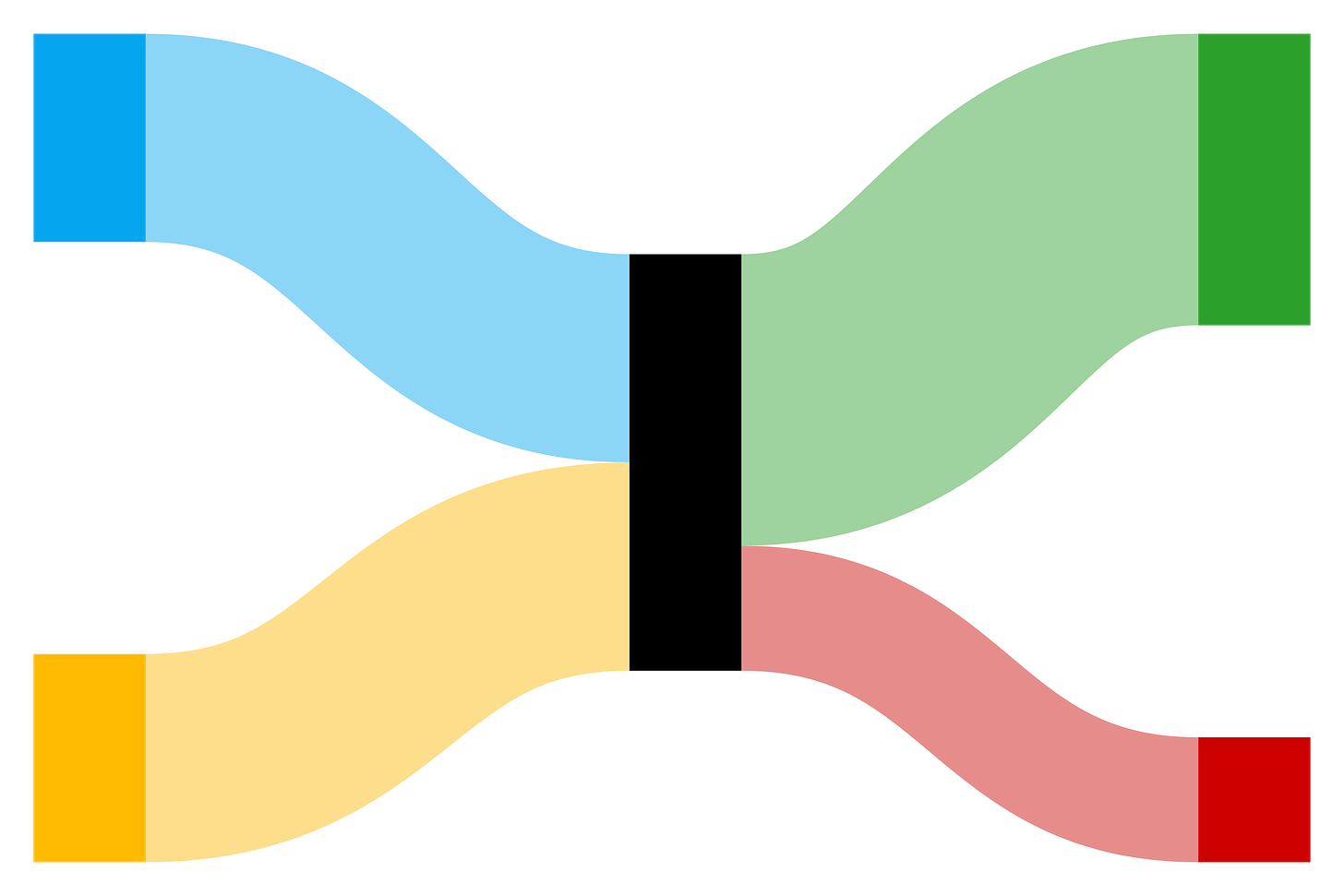📊 PRO: This Week in Visuals
TSM ASML UNH JNJ AXP SCHW UAL
Welcome to the Saturday PRO edition of How They Make Money.
Over 200,000 subscribers turn to us for business and investment insights.
In case you missed it:
Premium subscribers get:
📊 Monthly reports: 200+ companies visualized.
📩 Tuesday articles: Exclusive deep dives and insights.
📚 Access to our archive: Hundreds of business breakdowns.
PRO subscribers get everything PLUS:
📩 Saturday PRO reports: Timely insights on the latest earnings.
Today at a glance:
⚙️ TSMC: Riding the AI Wave
🔬 ASML: Orders Stumble
💼 UnitedHealth: Medicare Costs Surge
💊 Johnson & Johnson: Stelara Cliff Hits
💳 American Express: Premium Strength
🏦 Charles Schwab: Inflows Accelerate
🛩️ United Airlines: Bracing For All Scenarios
FROM OUR PARTNERS
Tired of scrambling at tax time? Let’s fix that.
Your business wasn’t built on spreadsheets and tax stress.
Gelt gives founders a smarter way to handle taxes year-round. No more DIY apps or ghosted CPAs. Just a dedicated pro who tracks your estimates, understands your goals, and helps you save big through smart planning. From deductions to entity structure, they handle it all—so you can get back to building.
Filed an extension? Even better. Let’s upgrade how this gets done.
Get Gelt — now 10% off for 2025.
1. ⚙️ TSMC: Riding the AI Wave
TSMC’s Q1 revenue rose 35% Y/Y to $25.5 billion ($0.2 billion miss), while net profit surged 60% to $11.0 billion. AI-related High-Performance Computing (HPC) made up 59% of total revenue, up from 46% a year ago. Advanced nodes (3nm, 5nm, and 7nm) accounted for 73% of wafer revenue, with 3nm alone contributing 22%, reflecting growing adoption. Despite smartphone seasonality, AI demand remained strong. Management reaffirmed that AI accelerator revenue is expected to double in 2025, and CoWoS capacity (packaging for HPC apps) is set to double to meet demand from NVIDIA and others.
Looking ahead, TSMC guided Q2 revenue of $28.8 billion at the midpoint (vs. $27.2 billion expected), and maintained its FY25 revenue growth outlook in the mid-20s. FY25 Capex remains unchanged at $38 to $42 billion. Management acknowledged tariff uncertainty but said no changes in customer behavior have occurred so far. TSMC also dismissed joint venture rumors with Intel and reiterated its independence. With $165 billion committed to US investments across fabs and packaging facilities, the company is shoring up local supply chains while navigating geopolitical crosswinds.
2. 🔬 ASML: Orders Stumble
ASML grew net sales by 46% Y/Y to €7.74 billion (€40 million miss) and EPS was €6.00 (€0.20 beat). Bookings dropped to €3.9 billion (€930 million miss), well below the €7.1 billion surge last quarter—with just €1.2 billion in EUV orders. Despite the miss, gross margin rose to 54% (up 3 percentage points Y/Y), driven by a favorable EUV mix and enriched configurations.
The company reaffirmed its full-year guidance of €30–€35 billion in revenue and 51–53% gross margin, pointing to sustained AI demand and steady Installed Base Management (~€2 billion per quarter). CEO Christophe Fouquet highlighted strong traction in next-gen High NA EUV systems and AI-related logic chips. However, he warned that tariff uncertainty is clouding the long-term outlook, with potential headwinds from import duties, supply chain disruptions, and rising costs.
While ASML says customer conversations have been constructive and it expects 2026 to be a growth year, analysts remain cautious. China accounted for 27% of Q1 system sales, a sign of continued demand despite US restrictions. But with Samsung and Intel dialing back orders, ASML may become increasingly reliant on TSMC in the near term. The road ahead depends on how the trade landscape evolves—and how quickly customers move on High NA adoption.








